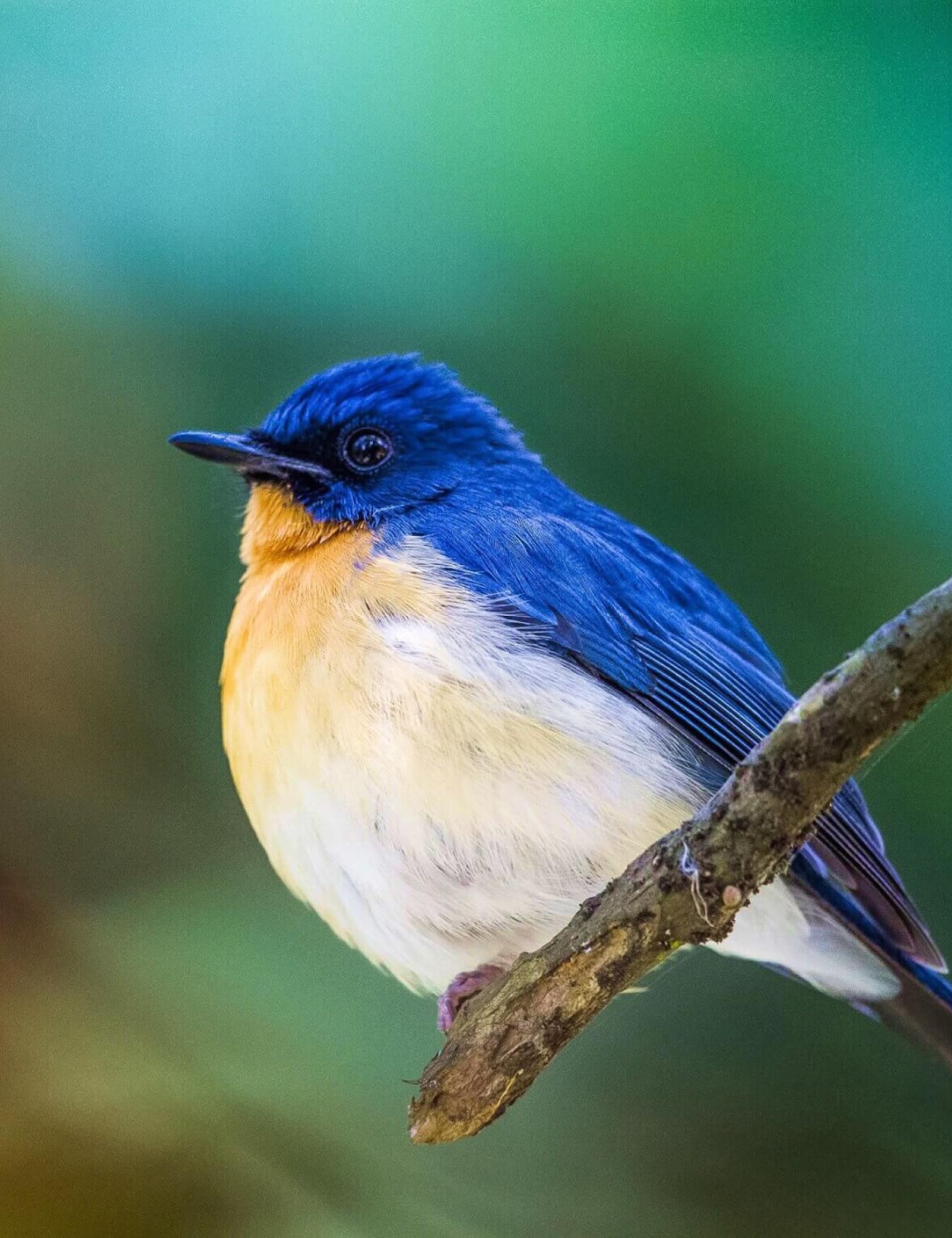Serengeti
- Tanzania
Overview
On the Serengeti Plain in north-central Tanzania, there is a national park and wildlife refuge called Serengeti National Park. It is northwest of the neighbouring Ngorongoro Conservation Area and partially borders Kenya. It is the only area in Africa where extensive land-animal migrations still occur, and it is best known for its enormous herds of plains animals, including gnu [wildebeests], gazelles, and zebras. The park, a popular tourist destination around the world, was included.
The park, which was founded in 1951, spans 5,700 square miles (14,763 square km) and has a sizable acacia forest-savanna in addition to some of the greatest grassland ranges in Africa.
The park stretches 100 miles (160 km) southeast of with heights varying from 3,020 to 6,070 feet (920 to 1,850 metres).

Best Time to Visit
Most travellers pick the dry season (which takes place from late June to October) for a safari in the Serengeti National Park. Animals gather around rivers and waterholes to quench their thirst. The Great Migration is at its absolute prime and your chances of witnessing an iconic river crossing are at their best.
Park Closure
Open: All Year Around
Safari Options: Boat Safari, Jeep Safari.

Fauna
The Great Migration is the stellar highlight of the Serengeti’s wildlife: an annual circular movement of millions of wildebeest, zebra and gazelle northwards into the neighbouring Masai Mara National Reserve in Kenya and back into the plains of Serengeti. One of the greatest wilderness areas in the world, the Serengeti supports a magnificent diversity and abundance of animals, from the Big Five – lion, leopard, elephant, buffalo, and black rhino (although these are rarely spotted) – to giraffe, Grant’s gazelle, impala, kongoni, topi and eland. The Serengeti is also famous for its predators: you can expect excellent lion and cheetah sightings (and exciting lion kills), and leopards are also regularly spotted. Other predators include serval cats, golden and black-backed jackals, African wild dogs, and spotted hyenas.
Flora
The Serengeti has a wide range of plants. Some of the most common include the Sausage Tree, Strangle Fig, Wild Date Palm, Commiphora, Yellow Fever Tree, Umbrella Tree, Whistling Thorn, Balanities, Toothbrush Tree, Red Grass, Pan Dropseed, Red Dropseed and Whistling Arcacia. The Mexican Poppy is also widespread, but is an introduced species.

How to get there ?
By Air
Related Tour
Price starts from
₹283000 (*$3400)
Tour Date
- Jan 14 - Jan 21, 2024 (7N 8D)
